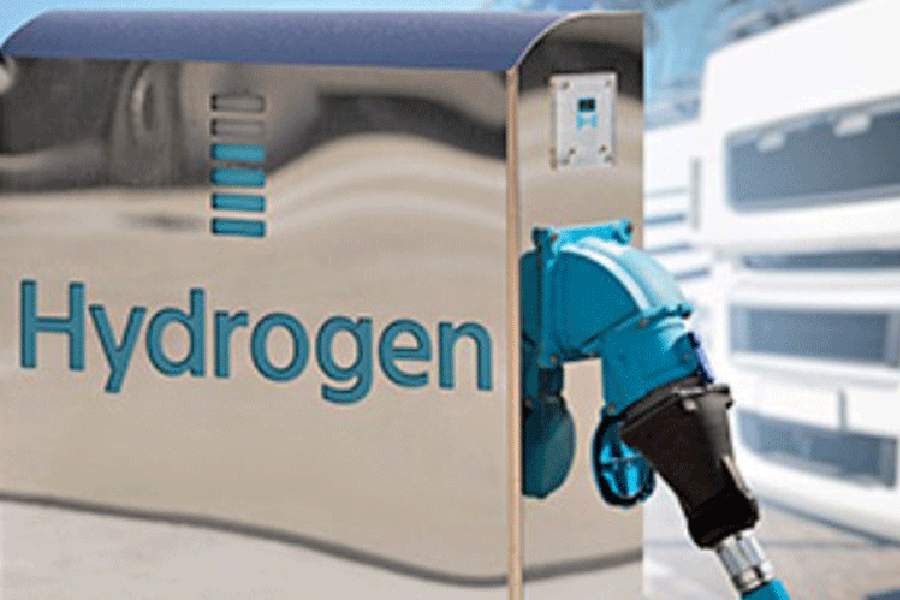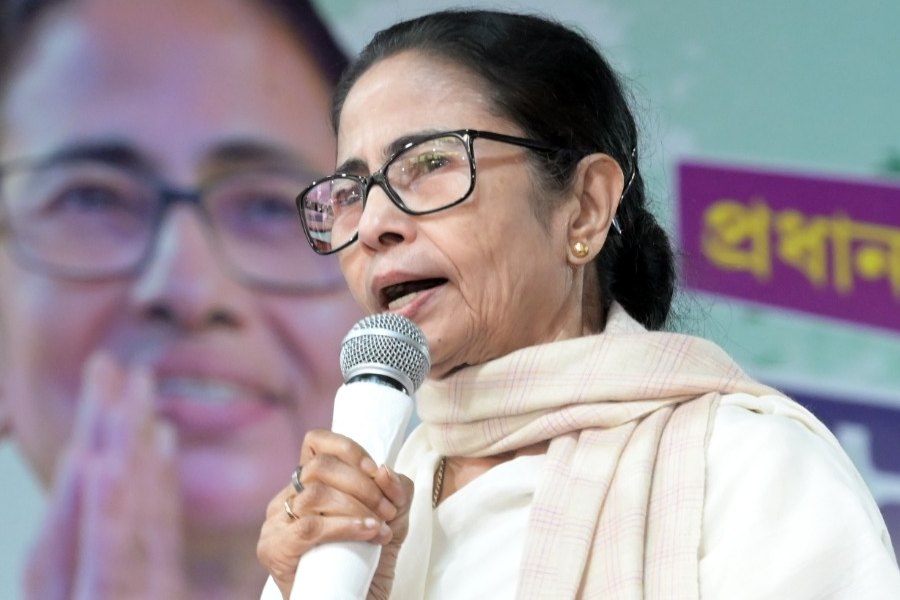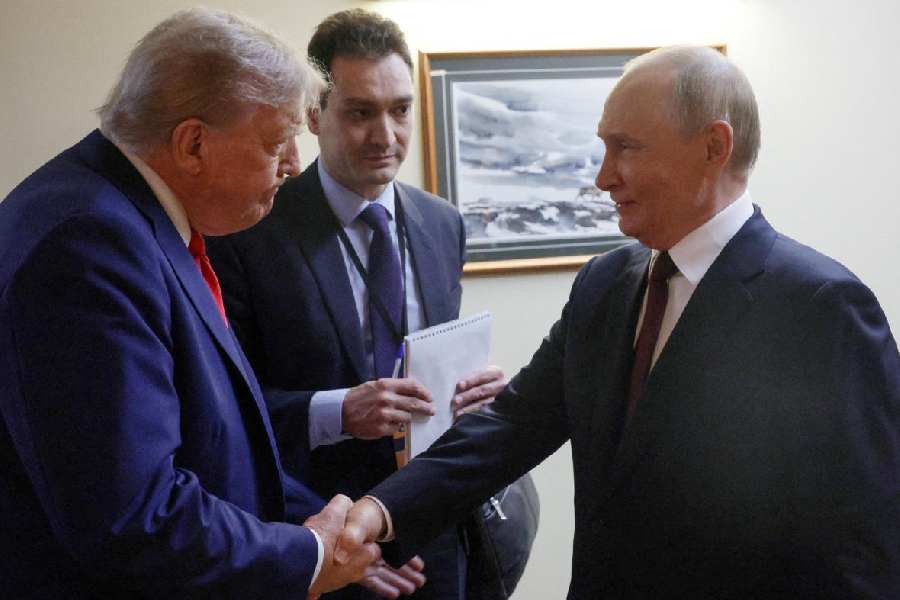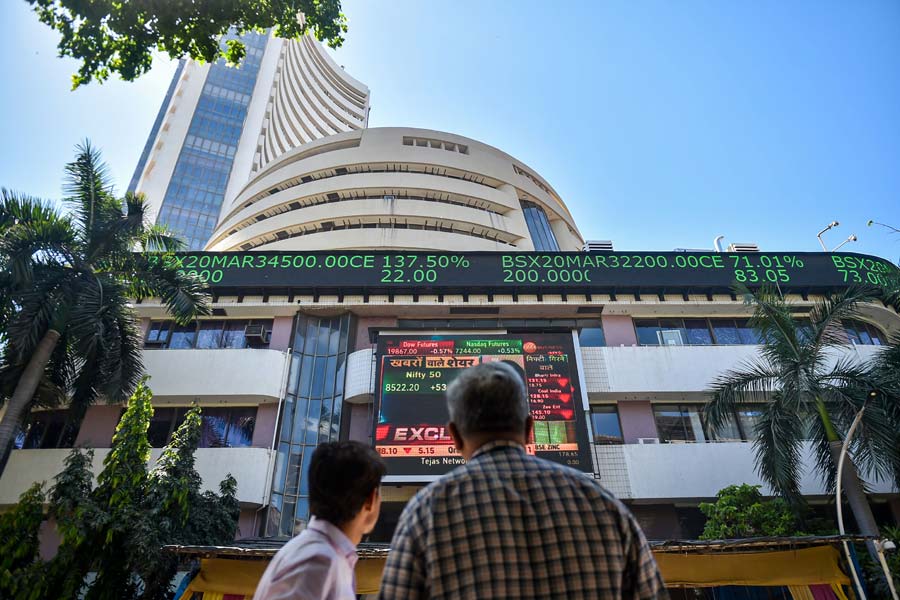The government has incurred an expenditure of Rs 11 lakh under the National Green Hydrogen Mission to date against the revised estimates of Rs 100 crore for 2023-24, Parliament was informed on Tuesday.
The Ministry of New & Renewable is implementing the National Green Hydrogen Mission, approved by the Union Cabinet on January 4, 2023, with an outlay of Rs 19,744 crore from 2023-24 to 2029-30, Union Power and New & Renewable Energy Minister R K Singh said in a written reply to the Rajya Sabha.
The overarching objective of the Mission is to make India a Global Hub for the production, usage and export of Green Hydrogen and its derivatives.
Revised estimates for the Mission for 2022-23 were Rs 1,00,000 and there was no expenditure in 2022-23, he stated.
Revised estimates for the Mission for FY 2023-24 are Rs 100 crore and expenditure is Rs 11 lakh to date, the minister told the House.
The expected outcomes of the Mission, by 2030, are that India’s Green Hydrogen production capacity is likely to reach 5 MMT per annum, contributing to reduction in dependence on import of fossil fuels.
Achievement of Mission targets is expected to reduce a cumulative Rs 1 lakh crore worth of fossil fuel imports by 2030.
This Mission is likely to leverage over Rs 8 lakh crore in total investments and create over 6 lakh jobs.
Nearly 50 MMT per annum of CO2 emissions are expected to be averted through the production and use of the targeted quantum of Green Hydrogen, the minister told the House.
About assessment regarding the impact on cost escalation resulting from the implementation of a Uniform Renewable Energy Tariff (URET), Singh told the House in another written reply that the procedure for implementation of URET was issued by Ministry of Power on October 25, 2023, however, the actual implementation of URET is yet to be initiated and hence Government has not conducted any such assessment.
Singh further explained that the intermediary procurer is a trader, buying RE power from the RE Power Generators as per the tariff-based competitive bidding (TBCB) guidelines and selling the same to one or more distribution licensees, who in turn supply power to consumers in their area of jurisdiction and have public service obligation.
Therefore, the minister stated that the intermediary procurer does not have any direct public service obligation.
In another reply to the House, Singh stated that so far, 72.02 GW of Solar Power Projects have been installed.
The government has set a target of achieving 500 GW of installed capacity from nonfossil fuels by 2030, in line with the Prime Minister’s announcement at CoP-26, including from solar energy, he stated.
Except for the headline, this story has not been edited by The Telegraph Online staff and has been published from a syndicated feed.










